|
Radschool Association Magazine - Vol 46 Page 8 |
|
Privacy Policy | Editorial Policy | Profit Policy | Join the Association | List of Members | Contact us | Index | Links |
|
Back Go to page: 1 2 3 4 5 6 7 8 9 10 11 12 13 14 15 16 17 18 19 20 Forward |
|
|
|
The People I meet!!
|
|
I was in Geraldton last year, just cruising around minding my own business, as one does, when I was accosted by these 3 "gorgeous girls" who insisted on having their photo taken with one's self. I was lucky enough to be in town around the same time as the famous Geraldton "festival" and these lovely ladies were there to entertain the local inhabitants with song and dance. No sooner had they finished their spectacular musical repertoire when they leapt from the stage and surrounded one's self and demanded to be photographed draped upon one's person, I wonder how they knew I was a radtech???
And if you believe that, you'll believe anything!!!
Click the pics for a better view of the lovelies.
|
|
I think the word must have rapidly got around that there was a RAAF Radtech in town because it wasn't long before I was quietly asked by the Mayor to take my leave of the Festival as the multitude were no longer interested in the hugely expensive imported entertainers but wished instead to cling to my person.
Oh well, such is fame!!
|
|
Never go to bed angry, stay awake and plot your revenge.
|
|
D-Day.
On June 6, 1944, Allied soldiers descended on the beaches of Normandy for D-Day, an operation that turned the tide of the Second World War against the Nazis, marking the beginning of the end of the conflict.
On the 6th June, as many around the world prepared to commemorate the 70th anniversary of the landings, pictures of tourists soaking up the sun on Normandy's beaches stand in stark contrast to images taken around the time of the invasion.
Reuters photographer Chris Helgren compiled archive pictures taken during the invasion and went back to the same places to photograph them as they appear today.
Click on the pics below, then run your mouse over the new pic to get the "then and now" images.
|
|
June 5, 1944: The 2nd Battalion US Army Rangers march to their landing craft in Weymouth, England. They were tasked with capturing the German heavy coastal defence battery at Pointe du Hoc to the west of the D-Day landing zone of Omaha Beach. |
|
|
|
June 6, 1944: US reinforcements land on Omaha beach during the Normandy D-Day landings near Vierville sur Mer, France. |
|
June 6, 1944: Members of an American landing party assist troops whose landing craft was sunk by enemy fire off Omaha beach, near Colleville sur Mer, France. |
|
June 6, 1944: US Army soldiers of the 8th Infantry Regiment, 4th Infantry Division, move out over the seawall on Utah Beach after coming ashore in front of a concrete wall near La Madeleine, France. |
|
|
|
June 6, 1944: A Cromwell tank leads a British Army column from the 4th County of London Yeomanry, 7th Armoured Division, after landing on Gold Beach on D-Day in Ver-sur-Mer, France. |
|
|
|
June 194: A crashed US fighter plane is seen on the waterfront some time after Canadian forces came ashore on a Juno Beach D-Day landing zone in Saint-Aubin-sur-Mer, France. |
|
|
|
June 6, 1944: US Army troops make a battle plan in a farmyard amid cattle, killed by artillery bursts, near the D-Day landing zone of Utah Beach in Les Dunes de Varreville, France.
|
|
June 7, 1944: US Army troops congregate around a signal post used by engineers on the site of a captured German bunker overlooking Omaha Beach after the D-Day landings near Saint Laurent sur Mer.
|
|
June 18, 1944: US Army reinforcements march up a hill past a German bunker overlooking Omaha Beach after the D-Day landings near Colleville sur Mer, France.
|
|
June 8, 1944: A US flag lies as a marker on a destroyed bunker two days after the strategic site overlooking D-Day beaches was captured by US Army Rangers at Pointe du Hoc, France.
|
|
July 1944: Canadian troops patrol along the destroyed Rue Saint-Pierre after German forces were dislodged from Caen.
|
|
June 15, 1944: The body of a dead German soldier lies in the main square of Place Du Marche in Trevieres after the town was taken by US troops who landed at nearby Omaha Beach.
|
|
June 6, 1944: US Army paratroopers of the 101st Airborne Division drive a captured German Kubelwagen at the junction of Rue Holgate and RN13 in Carentan, France.
|
|
June 6, 1944: German prisoners-of-war march along Juno Beach landing area to a ship taking them to England, after they were captured by Canadian troops at Bernieres Sur Mer, France.
|
|
August 21, 1944: German prisoners of war captured after the D-Day landings in Normandy are guarded by US troops at a camp in Nonant-le-Pin, France.
|
|
A newly married man asked his wife, 'Would you have married me if my father hadn't left me a fortune?' 'Honey,' the woman replied sweetly, 'I'd have married you, no matter who left you a fortune. |
|
|
|
Why we got the Herc. Air Power Development Centre.
The venerable C-130 Hercules has been part of the RAAF inventory since 1958. Its introduction into service provided a significant boost to Australia’s strategic lift capability. In the early 1950s, the World War II vintage C-47 Dakota, with its limited performance, had formed the core of the Air Force’s airlift capability. Given Australia’s strategic environment and the transit distances involved, it became obvious that the Dakota could not meet evolving operational needs. The result was the setting up of an Air Board, focused on identifying a suitable replacement. The essential requirement was that the selected aircraft, in suitable numbers, had to be capable of moving a battalion, including equipment, in one lift, supplemented where necessary by civil aircraft if available.
While the notion of ‘jointery’ was in its infancy, the Air Board members recognised that the selected aircraft also had to meet the wider requirements of the Navy and the Army. However, meeting the Navy and Army expectations needed continuous refinement of the selection process. For example, at one point, albeit briefly, the selected aircraft was expected to be used for glider towing and the specifications had to be altered accordingly. There was one aspect upon which all Air Board members agreed and that was that the selected aircraft had to be more comfortable for crew and passengers than the Dakota. Pressurisation, heating and cooling throughout the aircraft and more discrete facilities than the Dakota’s ‘thunderbox’ were deemed necessary for the replacement aircraft. Perhaps the most significant operational disadvantage with the Dakota was that it was not a high-wing aircraft, and its side cargo door had major limitations.
The primary characteristics laid down for their placement were a step change from the performance of the Dakota and were not easily met by the available contenders. In September 1954, the Prime Minister, Robert Menzies, directed that an RAAF mission, headed by Air Vice-Marshal A.M. Murdoch, CBE, be conducted to review possible replacements for the Dakota. The mission was to report back within four months of receiving their directive. During the same review, the mission members were also required to recommend suitable aircraft to fulfil the RAAF’s new medium bomber requirement (Vulcan or Victor recommended), fighter (F-104 recommended), and jet trainer aircraft (Vampire Mk 33 recommended). Similar to today’s tender evaluation process, the likely airlift contenders were a mix of ‘paper’ designs as well as developmental and in-production aircraft, albeit from only two nations—the United States and the United Kingdom.
While the number of UK options reflected of the size of the then UK aerospace industry, in many ways the options also reflected the somewhat stagnant state of many of the UK companies. The US, on the other hand, had aircraft in production that were designed during World War II, and another that used those experiences to leapfrog the other contenders. The RAAF had started to move away from relying on UK aircraft, especially in the fighter world, but the habit of buying British was still strong, and it would take an exceptional aircraft to overcome this mind set. The UK industry at this time was struggling to produce aircraft capable of meeting the RAF and wider Commonwealth’s needs.
The RAAF mission examined both ‘paper’ and in-production UK aircraft, even broadening their search to include other options at a later date. A few UK contenders made the final list, which are briefly described below:
Bristol Type 195. While only a design study (four engines, high-winged aircraft using many elements from the Britannia), the mission members never the less assessed that the Type 195 would meet the RAAF’s requirements if it ever went into production. However, with an uncertain production status, it was deemed incapable of meeting the RAAF’s schedule.
Short PD 16/1. Looking very much like an early Armstrong-Whitworth Argosy, this was another ‘paper’ design offered to the mission members that was quickly discounted given the other options available. In contrast, The USAF was developing a series of aircraft that met the demands of full spectrum airlift supported by a mature, vibrant industry that was moving to meet the growing needs of a Cold War USAF.
The US contenders were:
Fairchild C-119. The C-119 (right) was a successful attempt to produce a tactical transport aircraft which would replace the both the C-46 and C-47 in USAF service. However, it too failed to meet the RAAF’s requirements, notably being unpressurised, with poor speed, range and payload.
Chase C-123. While reviewed by the mission members, the C-123 was unlikely to fulfill RAAF requirements as the aircraft was designed around a shorter-range platform used for air assault missions into unprepared airfields in the forward combat area. Again the speed, range and payload performance was below those needed by the RAAF.
C-130A with Rolls-Royce Engines. Lockheed had undertaken an assessment of the practicality and benefits of fitting a C-130 with Rolls-Royce engines. While some improvements in performance would be expected, the drawback of operating an orphan fleet quickly removed this option.
Lockheed C-130A. The mission members were impressed with the performance of the C-130A and with the USAF orders. The aircraft easily met the RAAF load carrying and performance demands, and the mission quickly went ahead with the recommendation to government to acquire the aircraft. The Air Staff mission met its deadline and unanimously recommended the C-130A as ‘being the only transport aircraft that conforms to all the important features of the Air Staff requirement.’ Of note was the UK reaction, shortly after the RAAF’s decision to acquire the C-130, Blackburn offered an unsolicited proposal of the Blackburn Beverley B107 (four radial piston-engined, high-winged aircraft), apparently at the behest of, Sir John Slessor. However, the selection of the C-130A sounded a death knell for the expectation that Australia would simply buy what the UK produced.
The RAAF wanted 12 aircraft to meet its requirement but the now familiar tale of rationalisation experts providing advice reared its head. Senior bureaucrats held the view that six would be enough and that any further aircraft procurement should be delayed. Fortunately this was overruled and twelve Lockheed C-130A Hercules aircraft (serials A97-205 to 216) were delivered between December 1958 and March 1959 and replaced the ageing Dakotas operated by No 36 Squadron until that time. In 1965, 12 more Hercules, this time the C-130E model, were ordered to increase the RAAF's lifting capacity, commensurate with its operations in the Vietnam War. These C-130Es were delivered to the re-formed No 37 Squadron at Richmond, NSW, between August 1966 and January 1967.
The RAAF was the second operator of the C-130 after the USAF and with the purchase of the C-130, the RAAF obtained a modern airlift capability that set the standards for future developments in this important role.
|
|
|
|
|
|
How does every ethnic joke start? With a look over your shoulder. |
|
|
|
|
|
Back Go to page: 1 2 3 4 5 6 7 8 9 10 11 12 13 14 15 16 17 18 19 20 Forward |
|
|
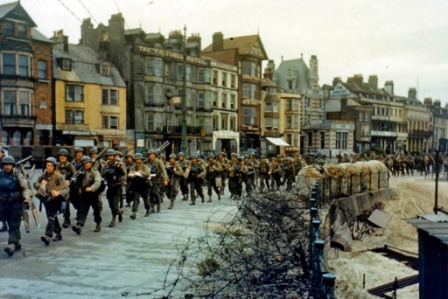
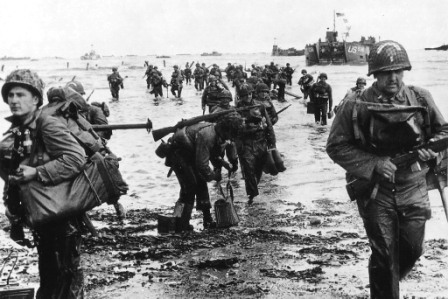
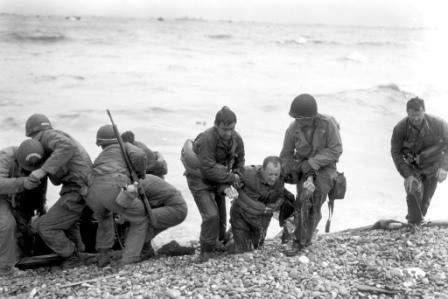
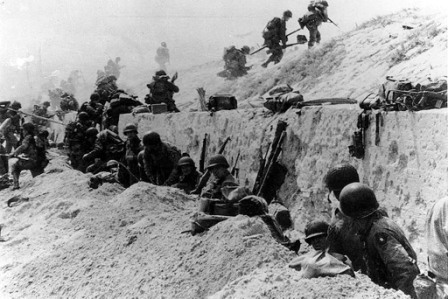
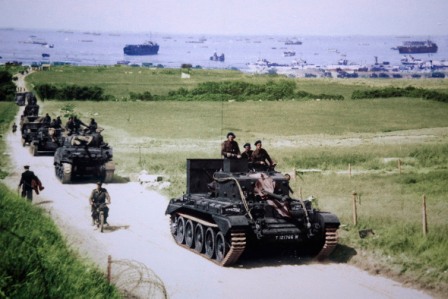
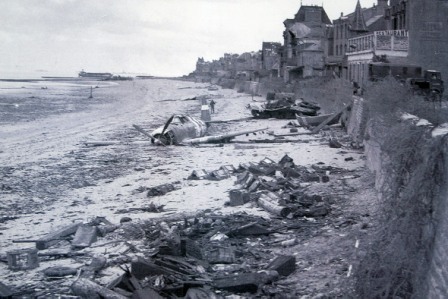
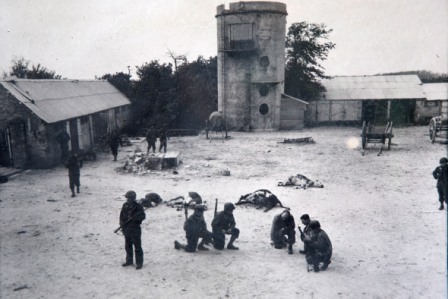
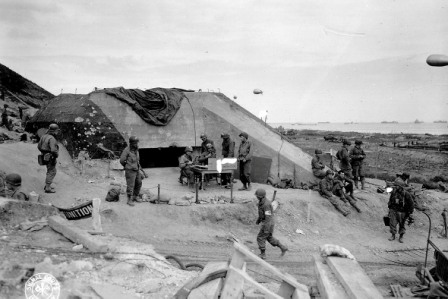
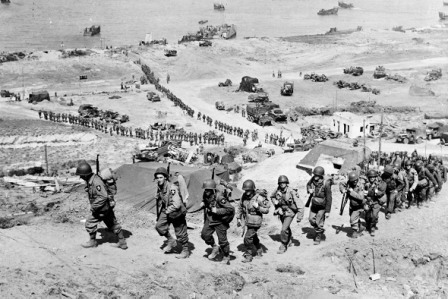
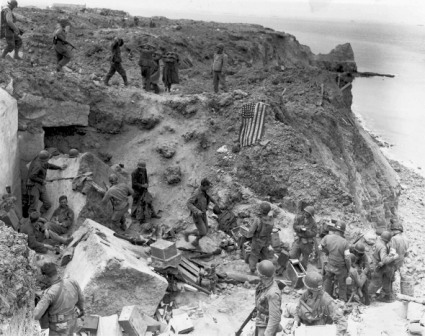
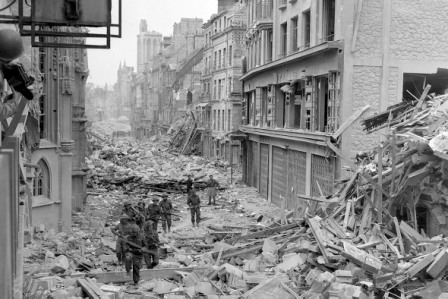
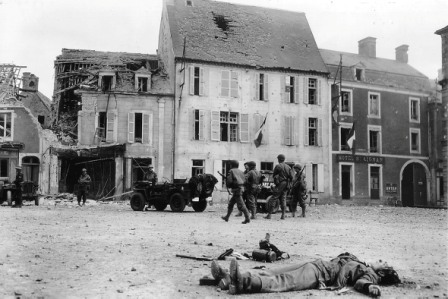
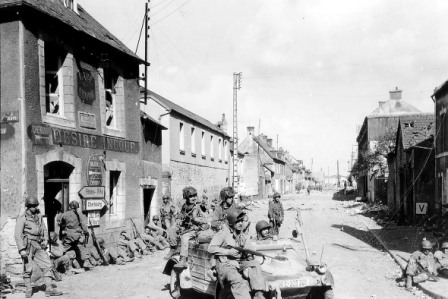
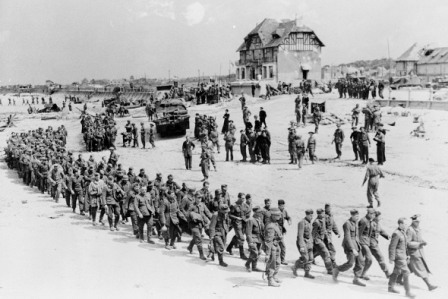
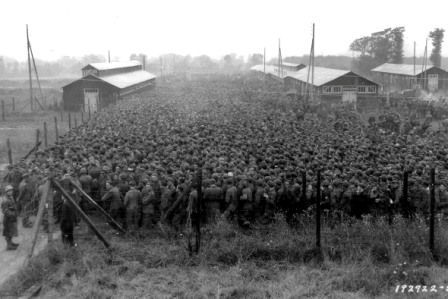
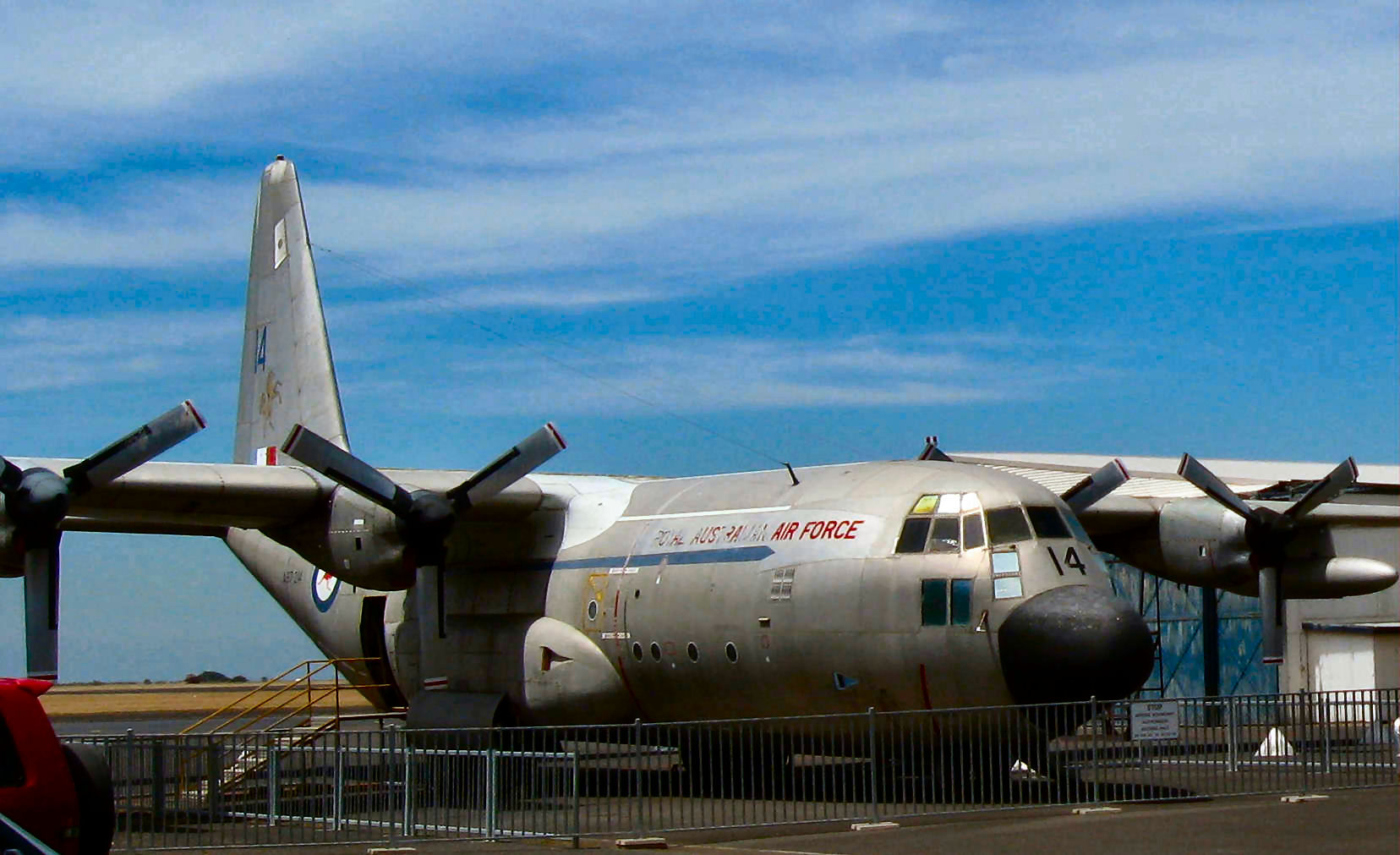
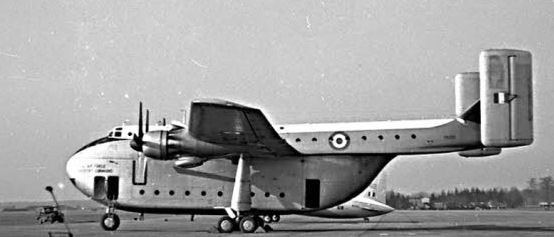 Blackburn
Beverley. The Beverley (right) simply failed to come close to the
RAAF’s requirements, with its speed, payload and operating ceiling well
below expectations. The lack of pressurisation and a fixed undercarriage
was a throwback to the previous generation of aircraft.
Blackburn
Beverley. The Beverley (right) simply failed to come close to the
RAAF’s requirements, with its speed, payload and operating ceiling well
below expectations. The lack of pressurisation and a fixed undercarriage
was a throwback to the previous generation of aircraft.